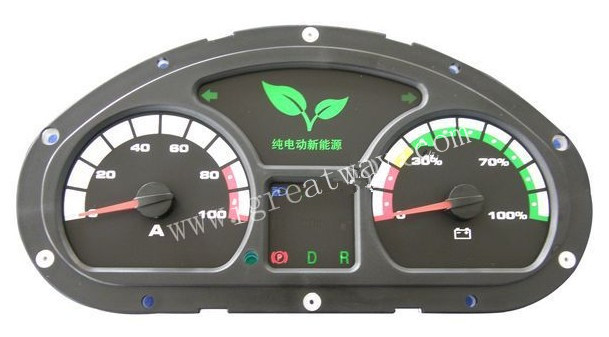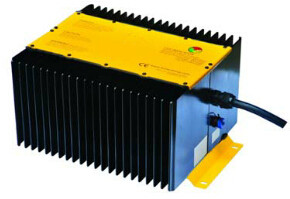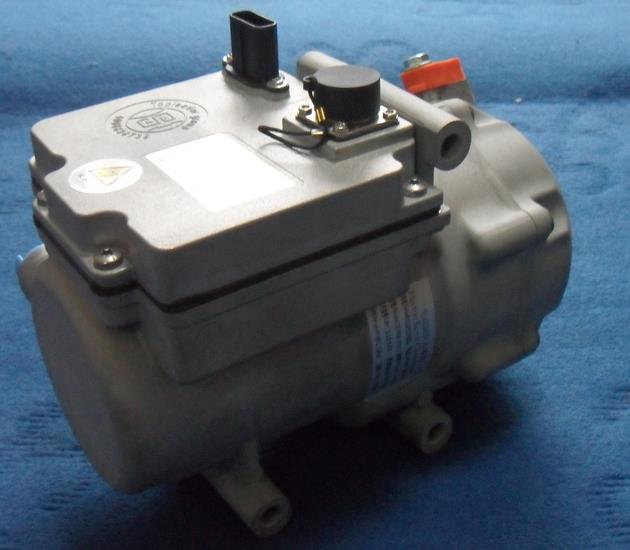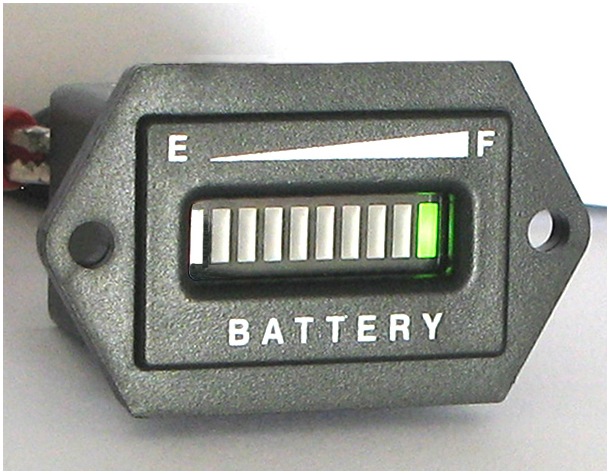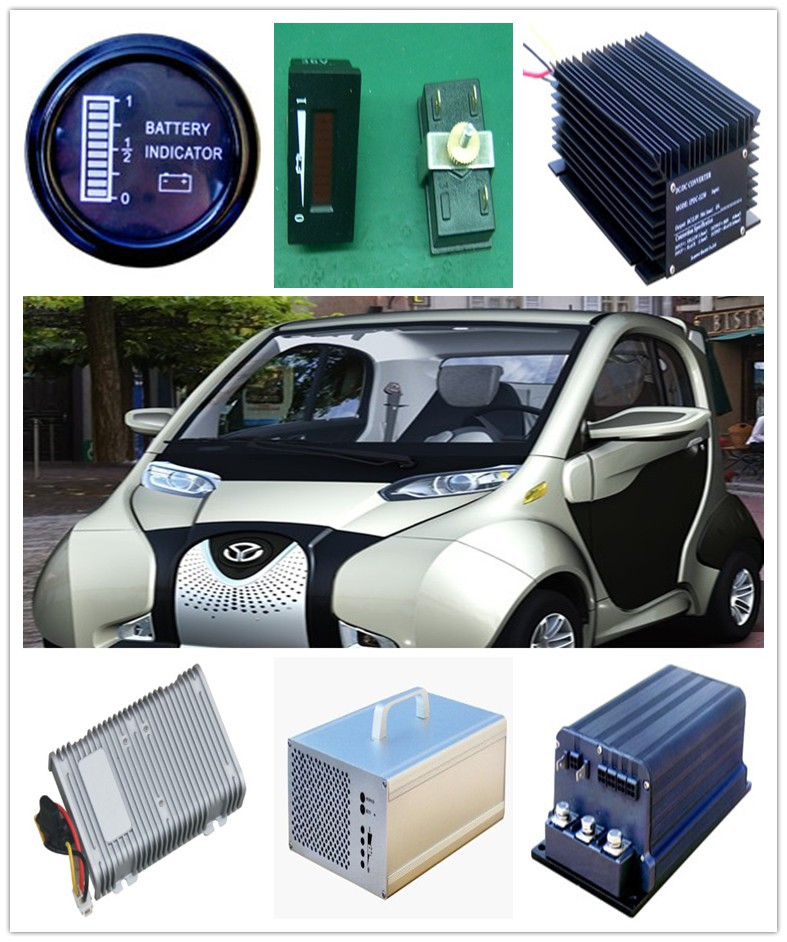
1. Personal maintenance
Warn
You may damage your car if you repair it with not much knowledge about cars.
Make sure that you have sufficient knowledge and experience, accurate replacement parts and tools before you try any types of maintenance.
Make sure that you are using the right nuts, bolts and other fasteners, for if you used the wrong one, the parts would be broken or loosen and bring you injury.
2. Refueling
Warn
Gasoline vapor burns easily. It may cause severe injury if strongly born. When you are near the gasoline or refueling the car, please do not smoke and sparks, open flames and other combustible materials are strictly prohibited.
3. Filler location
The filler is located at the right rear of the car, as shown in the figure. First open the filler cap, insert the key of the tank cap into the key cylinder; contrarotate the key while pressing the tank cap and then contrarotate the tank cap.

Warn
You might be burned if you touch gasoline when it is ignited. If you open the tank cap too quickly, the gasoline may be spilt, particularly in hot days. Please open the tank cap gently and completely open it until the “hissing” sound disappeared. Please do not let gasoline spilt out. If the gasoline is spilt on the car’s lacquered shell, erase it as quickly as you can. When recovering the tank cap, slowly clockwise rotate (turn right) the tank cap while pressing the tank cap till it’s locked. Close the filler cap after taking the key out. Make sure that the filler cap is tightly closed, for the gasoline may be vaporized into the air.
Note:
To avoid injury to you and others, please do not fill portable fuel tank in the car.
Only refuel the stated oil tank.
Before refueling, keep the refueling gun nozzle in contact with the inside part of the filler. Make sure that they are contacted till the refueling is finished.
Do not smoke during refueling.
4. Check engine oil
Check the liquid level of the engine oil before refilling. To make sure that the data is accurate, please read the liquid level when the oil is hot and the car is parked on a flat ground.
The dipstick of the engine oil is under the engine clutch pull handle, which is chromed and easily recognized as shown in the figure.

Turn off the engine and shut down for a few minutes so that the oil flows to the bottom of the engine; otherwise, the number read on the dipstick does not accurately reflect the oil level.
Contrarotate the dipstick and unscrew it; plug it back after wiping it with tissue or cloth; pull it out again and put the tip down to check the liquid level. The highest liquid level can not be higher than the highest grid line or lower than the lowest grid line. If the level is lowered than the lowest grid line, please add engine oil timely and pay attention to the model of the engine oil. If the temperature in your location is below -18℃, you are recommended to use 5W-30 synthetic oil, which enables the engine to cold start at very low temperatures, and provide good protection for the engine.
If your local temperature is above zero, we recommend that you use 20W-40 synthetic oil.
Note:
Do not add too much oil, because by doing so, the oil level is beyond maximum upper line of the dipstick (the area is the oil level area for normal working of the engine) and it may be harmful to the engine. Add the engine oil to the proper range. After that, completely plug the dipstick back in, clockwise rotate it tightly. When changing engine oil, please use No.23 screw wrench to contrarotate the oil discharge screw and clean the oil strainer as shown in the figure.

Put the strainer back into the original position and fasten the screw.
5. How to dispose used engine oil
Do you know that engine oil contains substances harmful to the skin, and may even cause cancer, Do not let the oil stay long on your skin. Clean your skin and nails with soap and water, or with detergent. Clean and properly dispose the cloth stained with engine oil. The used engine oil is a serious threat to the environment. If you change the oil by yourself, do not pour the oil at random on the ground, in the trash can, ditch, river, or lake, etc. On the contrary, you should send the oil to the oil recycling station.
6. Clean the air cleaner of the engine
The air cleaner is at the rear bin of the car and connected with the carburetor, and the main body is fixed to the vehicle body as shown in the figure.

According to the local environment, clean the filter element to ensure the good work status of the carburetor and the engine, as shown in the figure.
(1) Loosen the retaining nut on the top of the air cleaner shell.

(2) Take the filter element to clean or to replace it. Use air to blow it clean. Do not use water to rinse it. Change to the same model if it needs to be changed.
(3) Cover the locating slot of the air cleaner cap and tighten the nut.
Warn
Driving without air cleaner is strictly prohibited, because by doing so, dust can get into the engine easily and damage the engine cylinder and piston rings. Any losses caused by not installing air cleaner are not included in warranty.
7. Clean carburetor
Carburetor is at the rear bin of the car and connected with air cleaner. It is one of the important parts to ensure the normal operation of the engine. If the carburetor is not regularly cleaned, your car will be faced with no idle and waste of oil.

The cleaning steps are as follows:
Remove the two nuts that fasten the carburetor with No.10 wrench.
Unscrew the clamp of the connecting tube of the carburetor and the air cleaner with flat-blade screwdriver.
Remove the accelerator line, acceleration pump line and throttle line.
Remove the three nuts that fasten the carburetor float chamber and clean with detergent.
8. Brake (see the figure)
(1)(1) Brake fluid
Brake fluid storage pot is at the front bin, near the cooling liquid tank, as shown in the figure. The brake liquid level in the storage pot cannot be lower than the position as the figure shown, if it is lower, more brake fluid should be added. There are only two reasons that the brake liquid level drops: one is that the normal wear and tear of the friction plate of the brake makes the fluid drop to an acceptable level, and the liquid level will be back to normal when the friction plate is changed; another is the leakage of the brake fluid. If so, the brake system should be repaired, because leakage indicates that brake will stop normal work soon or later, or even cause traffic accidents without braking.

Note:
Wrong brake liquid will cause serious damage to the parts of braking system. For example: If a few drops of mineral oil, such as engine oil gets into the braking system, it would seriously damage the parts of the brake system and these parts have to be replaced. Therefore, do not add wrong brake liquid.
If the brake fluid is spilt on the frame or other parts, it may damage the surface of the part, so, the spilt liquid must be erased.
9. Accumulator
The car uses maintenance-free accumulator. If it needs to be changed, please change to the same model.
Warn
The acid and combustible gas in the accumulator is explosible. It may harm human body by accident.
10. Change bulb
Warn
The car uses halogen bulbs, with high-pressure gas inside. If dropped on the ground or lacerated, the bulb will explode, and may injure you and others. Please be careful when you change it.

(1) Change the headlamp:
Open the front cover.
Loosen the pressure spring of the bulb cover and take the cover out.
Loosen the fixing snap spring of the bulb.
Put the bulb out from the lamp cover and replace it with the bulb in the same model.
Chuck the fixing snap spring of the bulb, and set the bulb sealing cover.
If changing the front fog lamp, directly change it. The front fog lamp is below the headlamp.
(2) Change the tail lamp
a. open the back door, carefully remove the interior plaque of the corresponding tail lamp.
b. use a Phillips screwdriver to remove the baffle.
c. contrarotate the lamp holder and change the lamp.
d. pay attention to the position of the contact point of the filament, because the luminosity of brake lamp is brighter than other lamps. They are the same lamps. And other lamps are changed in the same procedure.
11. Change the wiper blades of the windshield
Windshield wiper blades should be checked at least twice a year, to see if they are worn or broken. The removing steps are as follows:
a. turn the ignition switch off when the wiper is at the outermost position, which will make the removing and replacement easier.
b. pull the wiper from the windshield.
c. push up the release clamp of the junction of the blade and wiper arm, and pull down the blade parts towards the glass to take the parts from the wiper arm.
d. push the new blade firmly onto the wiper arm until you hear the “click” sound of the release clamp when it is at the right place.
12. Tire
Warn
When the tire is under too much load, it will cause overheating, and the tire may burst, causing serious accidents.
An underinflated tire is faced with the same danger as overloaded tire and may cause severe accidents, so that the tire should be frequently checked to maintain the recommended pressure value, which is 250kpa.
If the tire is excessively charged, it will be cut, perforated or broken by sudden collision, such as hitting a pothole. Therefore, the tire should be often kept in the recommended value.
A worn old tire may cause traffic accident. If the car tread is badly worn or damaged, or the tire is damage, it should be replaced.
Note:
Do not think that an under-inflated or over-inflated tire does not matter. In fact, if the tire is underinflated, it may cause:
Severe deform
Overheating
Overload
Severe wear
Difficult operation
High fuel consumption
If the tire is over inflated, it may cause:
Abnormal wear
Bumping driving
Unnecessary wear caused by road obstructions
14. Fuse system
If the electric parts of the car are not working normally, please first check the fuse system. For example, the headlamp does not light; the horn does not sound and the radio does not work. The fuse box is at the upper side of the front bin, as shown in the figure. When checking it, you only need to contrarotate the fastening screw of the fuse cover and you may see the fuse. Just replace the damaged fuse, as the figure shows.

Warn
When the fuse is melted, it should be replaced by the fuse with the same specifications. It is strictly forbidden to use metal wire or metal piece to replace it; otherwise, it may cause firing wire and fire. If the fuse is frequently melted, please find out the reason and clear the trouble.


